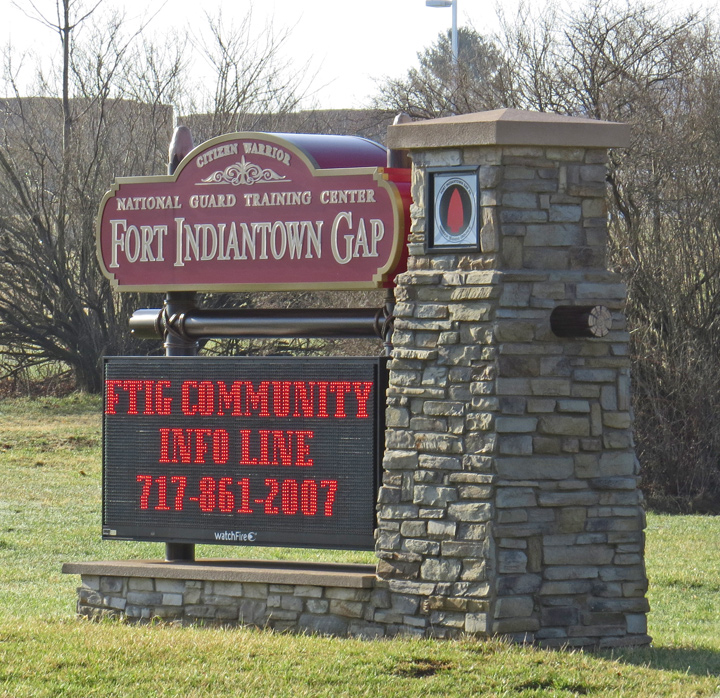

Fort Indiantown Gap

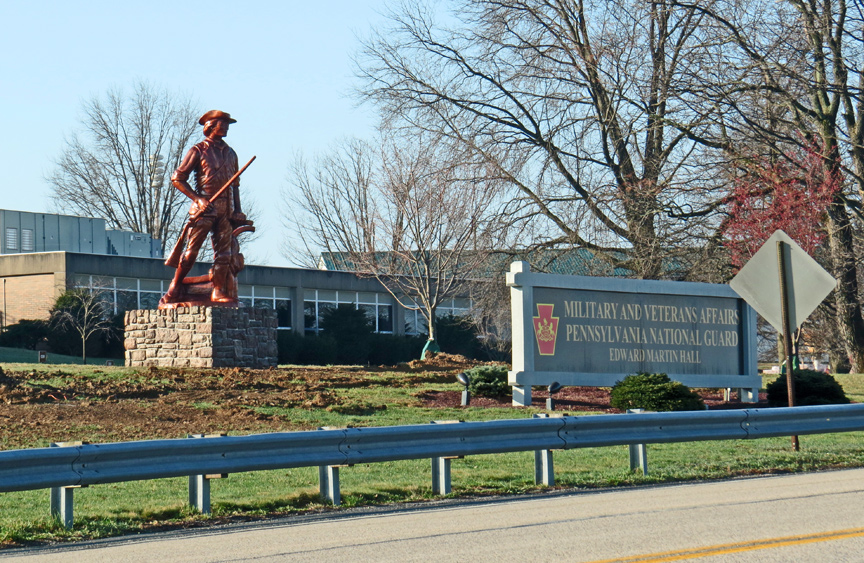
Fort Indiantown Gap, also referred to as "The Gap" or "FTIG", is a census-designated place and U.S. Army post primarily located in Lebanon County, Pennsylvania. A portion of the installation is located in eastern Dauphin County. It is located adjacent to Interstate 81, 23 miles (37 km) northeast of Harrisburg, just north of the northern terminus of Pennsylvania Route 934 at I-81's Exit 85. The installation is an active National Guard Training Center and serves as headquarters for the Pennsylvania Department of Military and Veterans Affairs and the Pennsylvania National Guard. The fort surrounds Memorial Lake State Park. It is served by the Annville, Pennsylvania post office. As of the 2010 census the population was 143 residents.
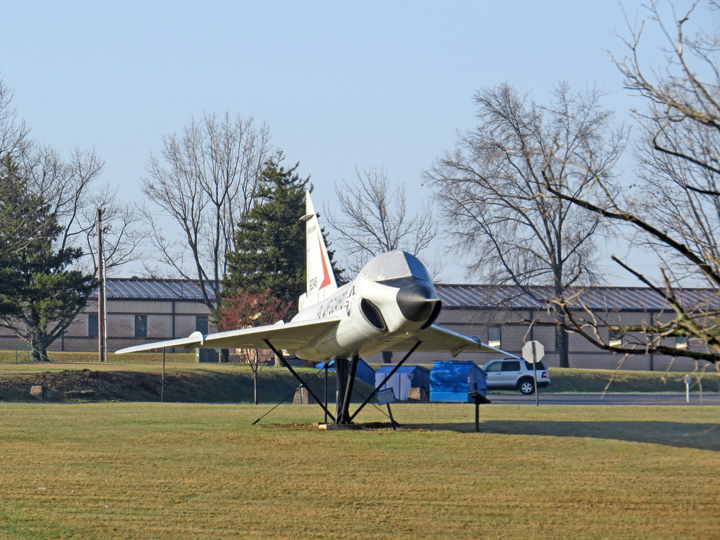
The Fort Indiantown Gap Military Reservation is protected by a full-time police
force. The Fort Indiantown Gap Police enforce traffic and other state laws. The
post includes 18,000 acres (73 km2), with numerous ranges and training areas for
the 28th Infantry Division, the 213th Area Support Group and the Eastern Army
National Guard Aviation Training Site (EAATS). The installation is also home to
the Northeast Counterdrug Training Center (NCTC).
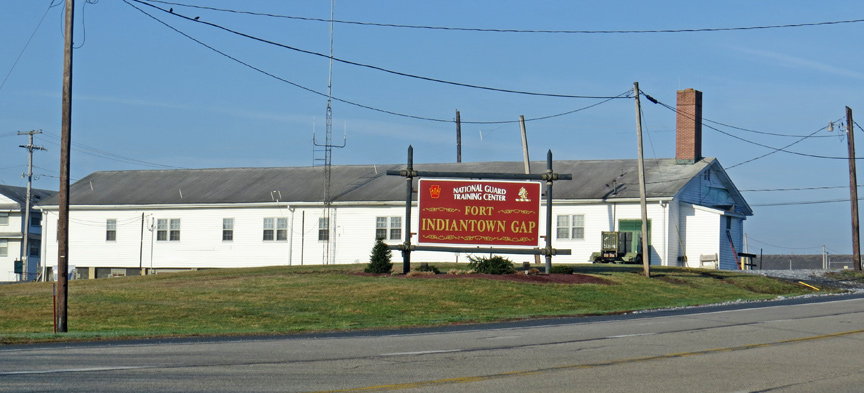
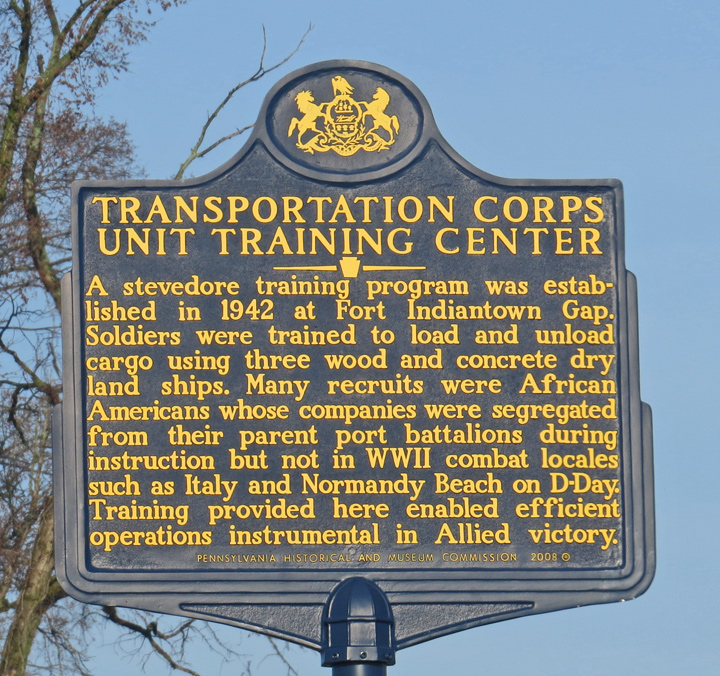
The history of Fort Indiantown Gap dates back to 1755, when resentment of the
Susquehannock Indians toward white settlers forced the colonial government of
Pennsylvania to establish a fortification in the area. The Susquehannock, who
had been cultivating the land in that area of Pennsylvania for well over three
thousand years, became willing allies against the colonists as the French and
Indian War began. At the onset of the war, the Susquehannock attacked colonial
frontier settlements using the passes that existed in Blue Mountain through
Manada Gap, Indiantown Gap, and Swatara Gap. Because of these attacks, a chain
of fortifications was established across the northern tier of Lebanon County, to
include Fort Indiantown Gap.

The modern post was originally developed by the Commonwealth of Pennsylvania, on
the recommendation of General Edward Martin, as a National Guard training site
in 1931. Over the years, the installation has served as home to the Pennsylvania
National Guard as well as active units of the United States Army. In 1941, the
post was officially named Indiantown Gap Military Reservation (IGMR). Martin
retired from military service and went on to serve as Governor of Pennsylvania
and then State Senator. After his death, the Legislature of Pennsylvania renamed
the installation the Edward Martin Military Reservation, a designation that
Martin himself had rejected throughout his life. The new name was never fully
accepted by the military personnel who served there. In 1975, the Secretary of
the Army renamed the post Fort Indiantown Gap, in order to more closely align it
with other Active Duty stations throughout the United States. Pennsylvania also
reinstated the Indiantown Gap designation, which it retains today.
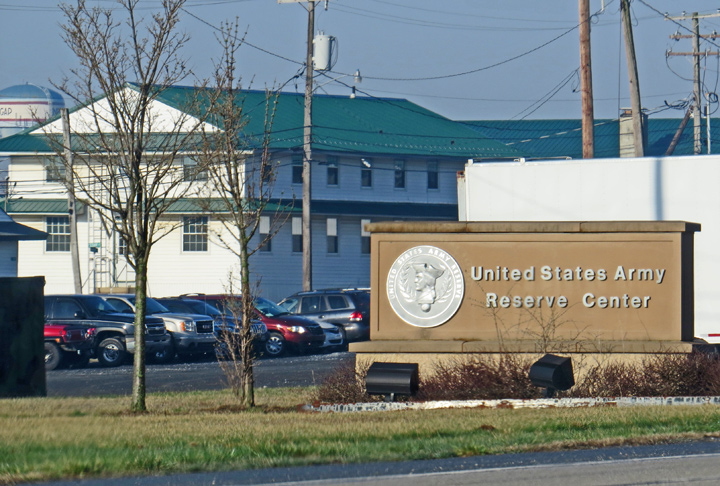
World War II reconfirmed the strategic importance of the Gap, which became one
of the nation's most important Army training camps and served as a staging area
for the New York Port of Embarkation. Construction on the installation began
almost immediately. Thirteen thousand workmen were called in to construct over
1,400 buildings, including headquarters buildings, three fire stations, two
guest houses, a bus station, nine chapels, two service clubs, four huge
theaters, a large sports arena, and a 400-bed hospital. Seven U.S. Army
divisions were given final training at the Gap prior to being shipped overseas.
The Gap also served as a demobilization site for many units returning home from
the European Theater of Operations after the war ended.
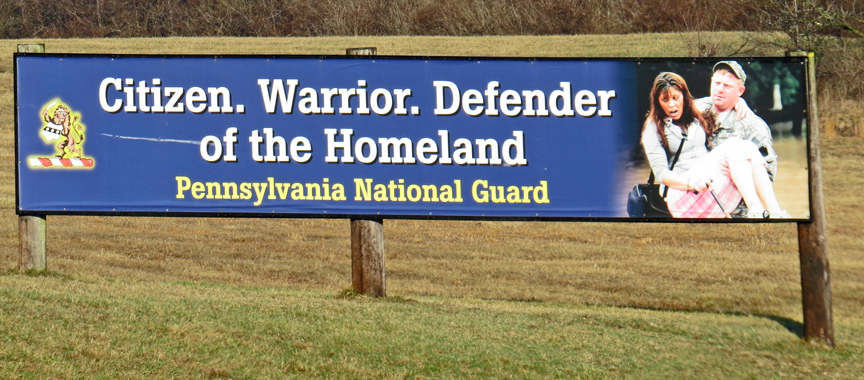
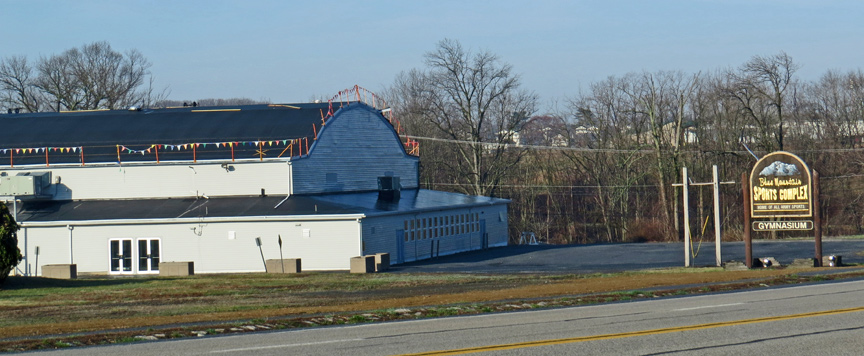
From 1951 to 1953, during the Korean War, the Gapís strategic role again
surfaced when it became the home of the 5th Infantry Division, whose mission was
to train 32,000 troops as replacements for assignment to Korea.
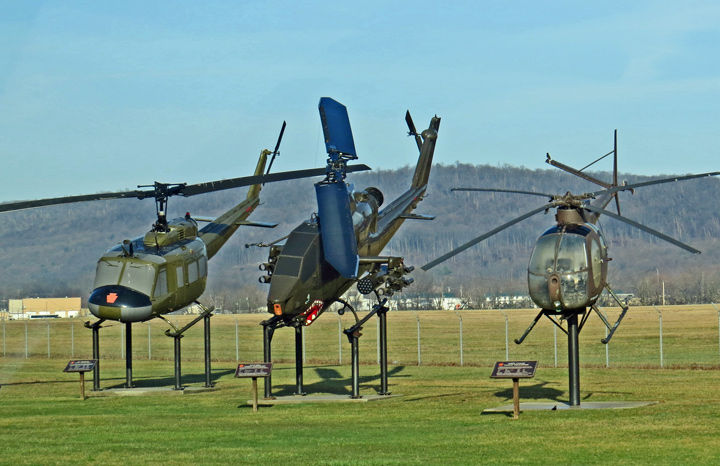
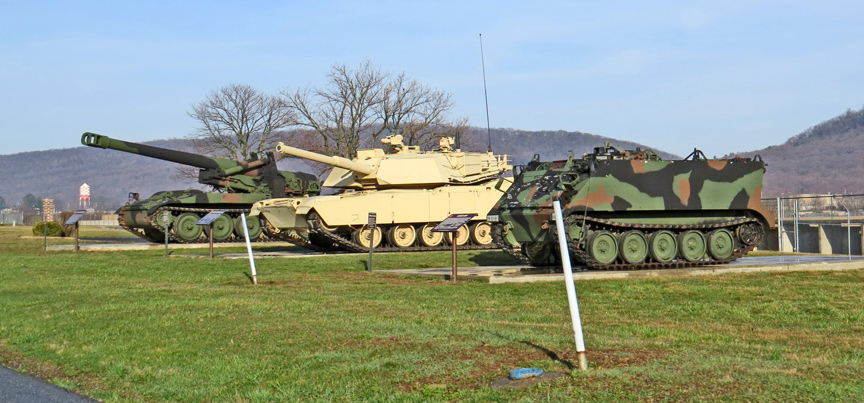
During the late 1960s and early 1970s, during the Vietnam War, Fort Indiantown
Gap served as one of the largest Reserve Officers Training Corps summer camps
for the U.S. Army.
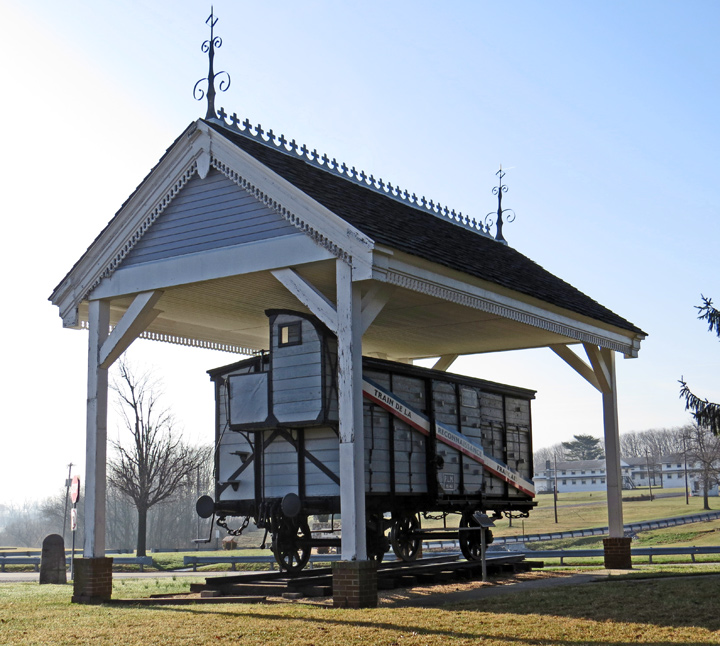
World War I, 28th Division momento
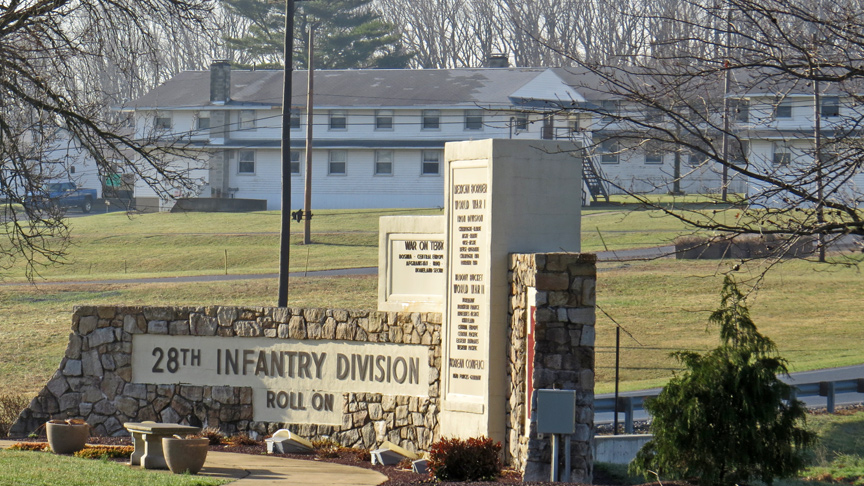
In 1975, the Gap served as a refugee camp for southeast Asian refugees. For
eight months, more than 32,000 Vietnamese and Cambodian refugees were resettled
through the installation.

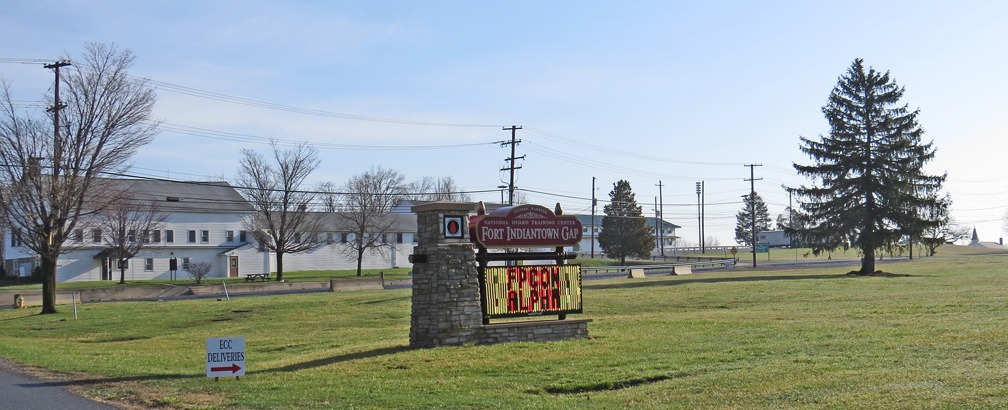

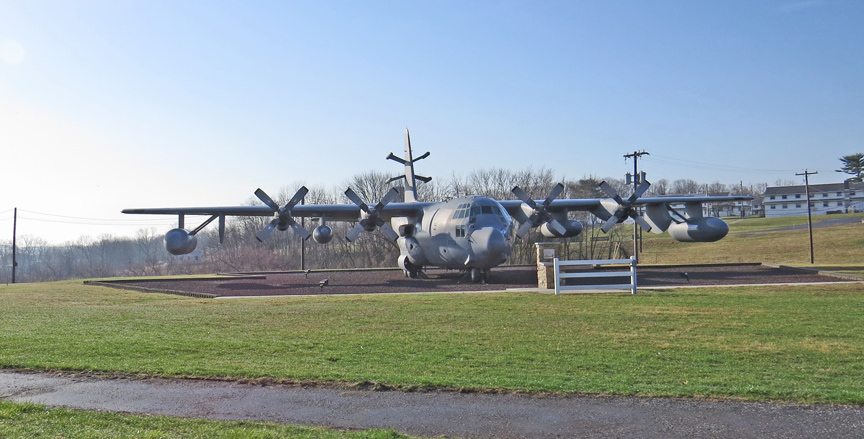
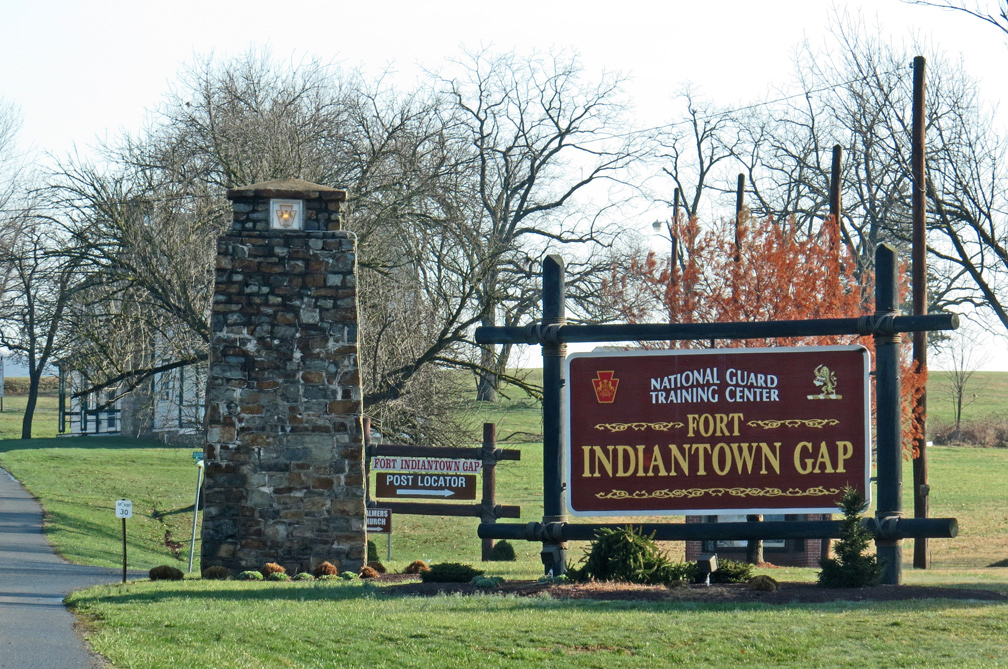
In 1976, a section of Fort Indiantown Gap was selected as the new national
cemetery for the states of Delaware, Maryland, New Jersey, Virginia, and West
Virginia. The Commonwealth of Pennsylvania donated the land for the site to the
Veterans Administration.
Text from Wikipedia
